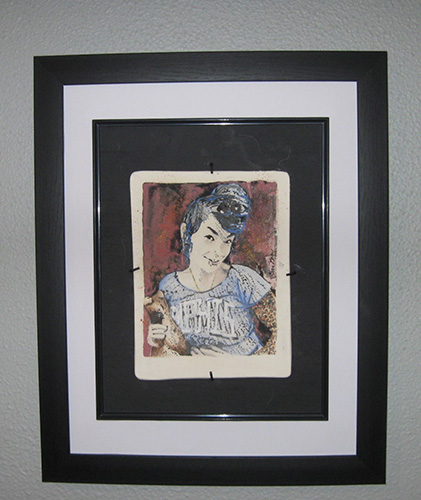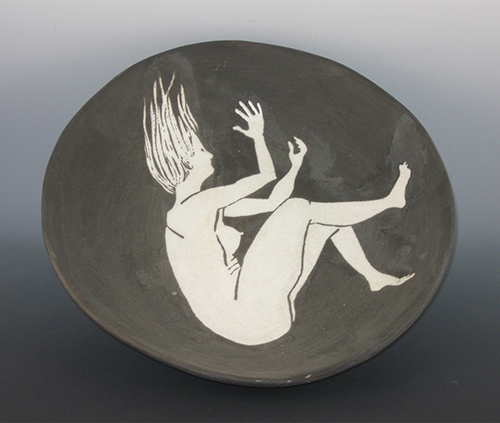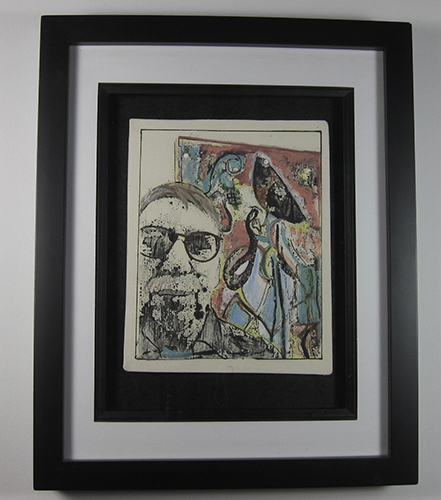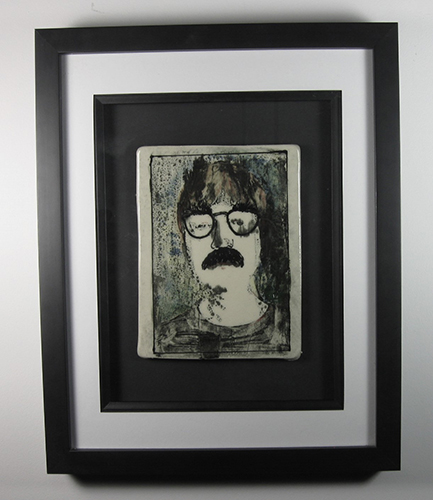Shari Bray
Shelton, Washington
Website
Artist Statement
It took a long time for me to finally find myself as a professional artist. Along the way my perspective was shaped by a lifelong exposure to many cultures and art forms. I grew up in a military family, traveled and lived across the United States and in Europe, and graduated from the University of California at Davis. I have been fortunate to study with Robert Arneson and Manuel Neri at U.C. Davis when I was young, and was a charter member at the Tom Coleman Clay studio in Las Vegas as an adult. I've attended some life-changing workshops from Don Ellis, Randy Brodnax, Jenny Lind, Paul Andrew Wandless, Cat Traen, Rob LaWarre, Victoria Pamlenyi, and others. All have had an influence on my work. If you are an artist, I encourage you to take workshops and learn new processes. You never know what will incite enthusiasm and change the direction of your work. My history has shaped my experience and approach. I tend to be very eclectic. I make a variety of artwork. I have works that are low- and mid-range fired. I have some thrown pieces, but most of my work is handbuilt. I am delighted to share the knowledge that I have so that everyone can have as much fun as I do with clay.
Studio Description
I have a small, sweet room that was a garage.
What type of clay do you use?
I use a variety of clays. For functional ware I use cone 5–6 clays. For raku and saggar I use a low-fire raku clay body.
What temperature do you fire to?
Cone 5 for functional ware; 1828°F for raku; Around 1400°F for "Poor Man's Saggar" firing
What is your primary forming method?
Primarily handbuilt
What is your favorite surface treatment?
I don't have a favorite. I love lots of different types of surfaces!
What one word would you use to describe your work?
Non-standard
What is your favorite thing about your studio?
The light in the studio.
What is the one thing in your studio you can’t live without?
My kiln
What are your top three studio wishes?
1. Have more space.
2. Use the space I have more efficiently.
3. Have more glazes—who can't use more colors?
2. Use the space I have more efficiently.
3. Have more glazes—who can't use more colors?
What’s on your current reading list?
I have several books that I'm reading at the moment: a murder mystery, a gardening book, a self-improvement book; and a book about ceramics.
How do you save money on materials and supplies?
I recycle as much clay as I can and I try to take care of my tools so that they will last as long as possible.
How do you recharge creatively?
I go to a workshop or watch a video or read a book or magazine.
Do you have any DIY tips for studio efficiency?
I wish I did.
What challenges have you given yourself to overcome?
I have two beloved clay buddies. We will self-assign a task a time or two a year to try something new and then we share our results—both success and failures. This way we get to try new things in a kind environment.
What did your first piece look like?
My first thrown piece was so heavy it could've been a doorstop. But I have had many "first pieces". For example, my first raku piece that incorporated drawing techniques, where I found my voice. Every new thing I try is a "first piece".
What ceramic superpower would you have and why?
It would be great to be prescient and know before you fire something how and if a glaze or glaze combination will turn out.
What area of skill do you most look to other artists to learn?
Technique.
Who is your ceramic art mentor and why?
I have had been so fortunate to have had lots of different people who have made a huge difference on my artwork. I can't name only one.
What is on your studio playlist?
I listen to Motown, to classical, to new age and all sorts of other sounds depending on my mood and what I am making (thank you Pandora!).
Why do you create art?
Because I must. I have created art since I was little. I'm not sure if it's a mental health thing or what, but I really must make stuff to be happy.
Who is your favorite artist and what do you admire about that artist?
Van Gogh, I admire his use of color.
What is your best studio tip?
Show up. You can't make your best work if you don't go to the studio to make it.
If you could change one property of clay, what would it be?
It wouldn't crack as it dried.
Click the images to enlarge them. Click the Esc key to close.





